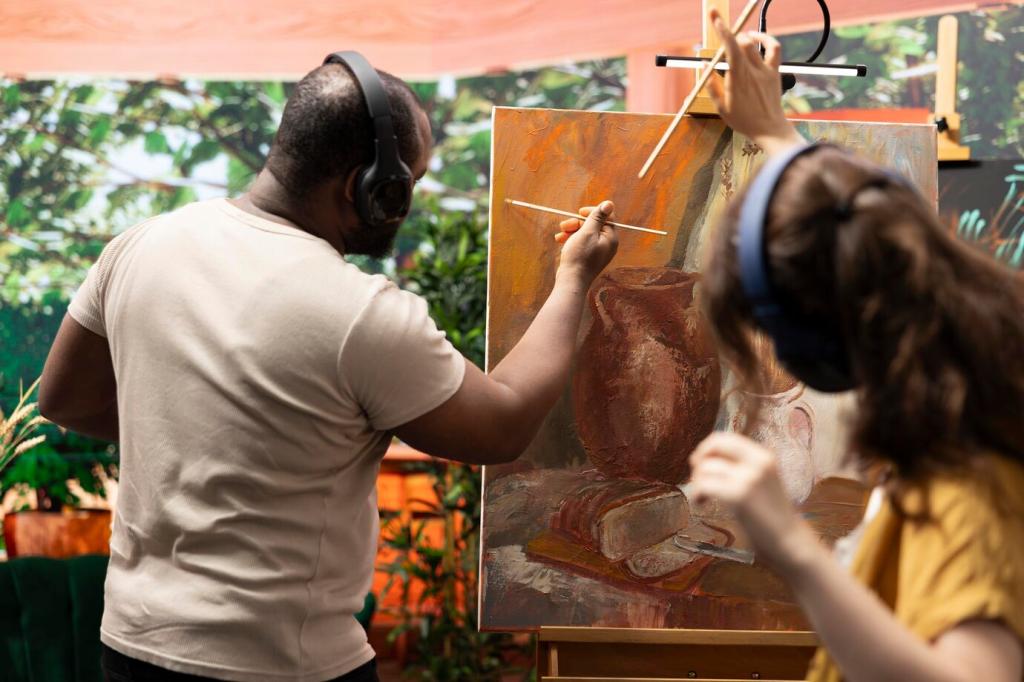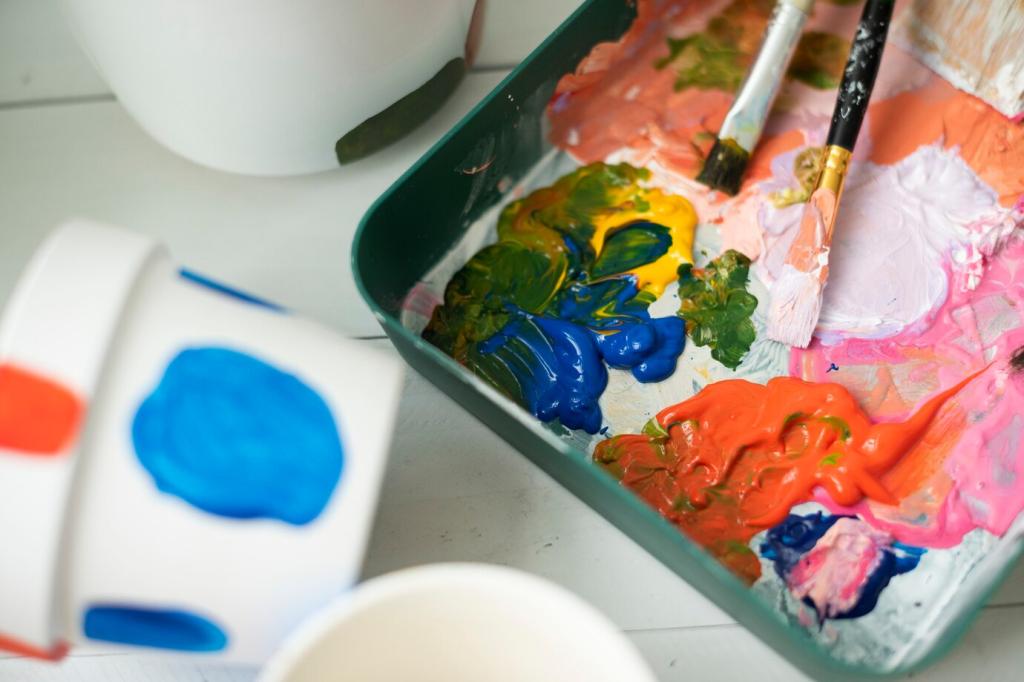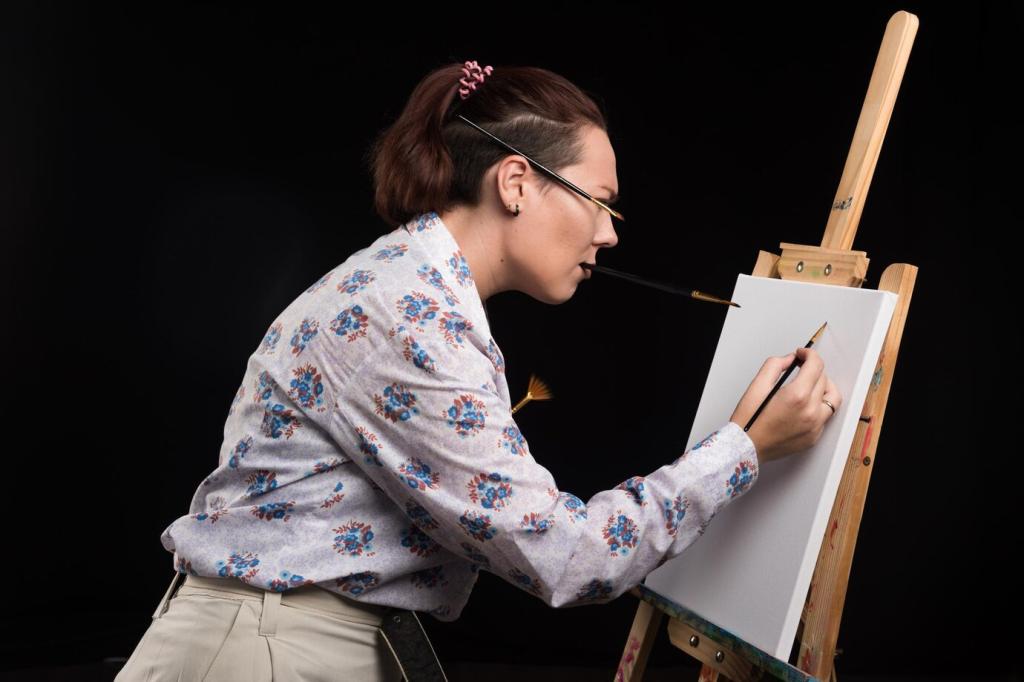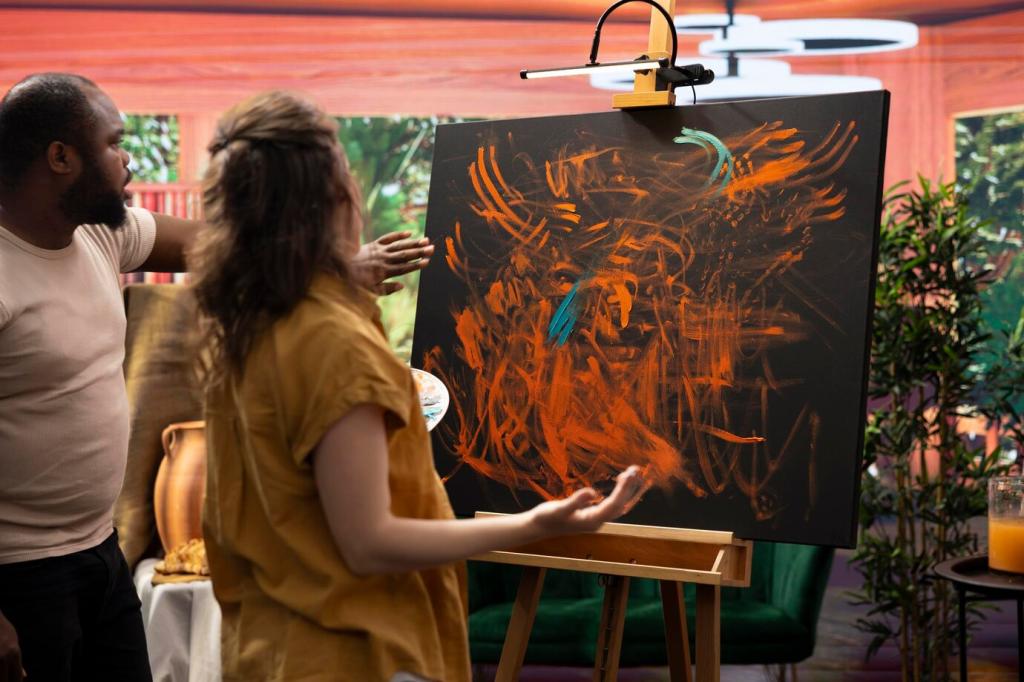
Inspiring Urban Sketching Locations
Urban sketching is not just about capturing buildings or streets—it’s about conveying the energy, diversity, and character of city life. Urban environments are constantly changing canvases, filled with dynamic subjects, striking perspectives, and a unique vibrancy that challenges and stimulates any artist’s creativity. Whether you’re perched on a bustling sidewalk or overlooking a hidden courtyard, the city offers endless inspiration. This page explores some of the most captivating urban settings for sketchers, highlighting what makes these locations special and how they can elevate your artistry to new heights.
Bustling City Squares

Grand Historical Plazas
Historical plazas anchor many cities, providing a blend of architectural splendor and public activity. Sketching here challenges artists to portray the elegance of age-old facades while integrating the bustle of daily life that animates these spaces. From detailed fountains to intricate statues and sweeping open spaces, every angle offers a new story to unfold through your line work. The play of light against weathered stone and the convergence of old and new create a unique atmosphere that enriches any urban sketch.

Modern Urban Hubs
Unlike historical plazas, modern city squares pulse with contemporary design—sleek glass, bold shapes, and innovative landscaping. These hubs are often framed by striking skyscrapers and serve as meeting points, performance spaces, and marketplaces. Artists have the chance to experiment with perspective, abstraction, and the interaction of people against cutting-edge architecture. The reflective surfaces and interplay between natural and artificial elements provide endless opportunities to capture the modern metropolis’s ever-shifting character.

Local Gathering Spaces
Not all inspiring squares are grand or globally recognized. Neighborhood parks, pocket plazas, and small community corners offer intimate glimpses into everyday urban existence. These spaces radiate a sense of belonging, often filled with families, street vendors, or musicians. Documenting the subtle interactions and casual routines in these locations invites the sketcher to observe and preserve the authentic heartbeat of a city, celebrating the ordinary moments that define urban life.
Quiet Courtyards
Behind the busy avenues, quiet courtyards offer a hidden sanctuary for urban sketchers. These secluded spots might feature an ornate garden, aging brickwork, or the soft trickle of a fountain—all elements that present unique sketching challenges. Artists can hone their skills in depicting tranquility amidst chaos, focusing on light and shadow, the play of foliage, and subtle architectural details that are easily missed in more public areas. Capturing these intimate spaces provides a sense of discovery and personal connection to the city.
Graffiti-Lined Alleys
Urban alleys adorned with street art reveal a city’s evolving heart and culture. These colorful canvases change frequently, offering sketchers new motifs with every visit. The challenge lies in translating not just the physical details, but the raw energy and purpose behind the art. Such locations are ideal for experimenting with bold lines and dynamic compositions, and for exploring the intersection of public expression, social commentary, and the urban landscape.
Abandoned or Repurposed Spaces
Unused warehouses, derelict factories, and repurposed industrial buildings contain layers of history and character. These sites often evoke a sense of mystery, inviting exploration both visually and emotionally. Sketchers can focus on textures—crumbling bricks, rusted metal, creeping vines—and practice recording the passage of time upon these structures. Transforming these forgotten corners into vibrant works on paper allows artists to reimagine and revive their surroundings, celebrating the resilience of urban environments.
Iconic Landmarks and Skylines
Bold, vertical, and awe-inspiring, the modern skyscraper defines many urban landscapes. From street level, sketching these giants tests your understanding of perspective, scale, and proportion. The interplay between glass reflections and shadows, the rhythm found in repeated windows, and the dramatic skyline at sunset or dawn all offer compelling scenes. Sketchers can experiment with both panoramic cityscapes and intimate vignettes highlighting a single tower’s unique character.

